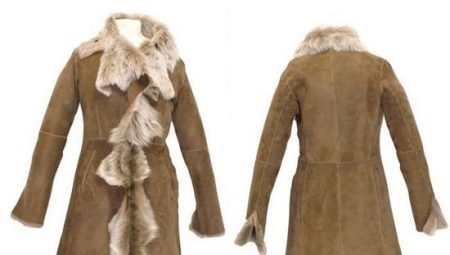The choice of winter clothes is always a difficult process and quite often, in pursuit of an aesthetic component, lovers of beautiful things forget to think about ways to wash the product. If everything is more or less clear with a fur coat and a down jacket, then washing a sheepskin coat raises a lot of questions.
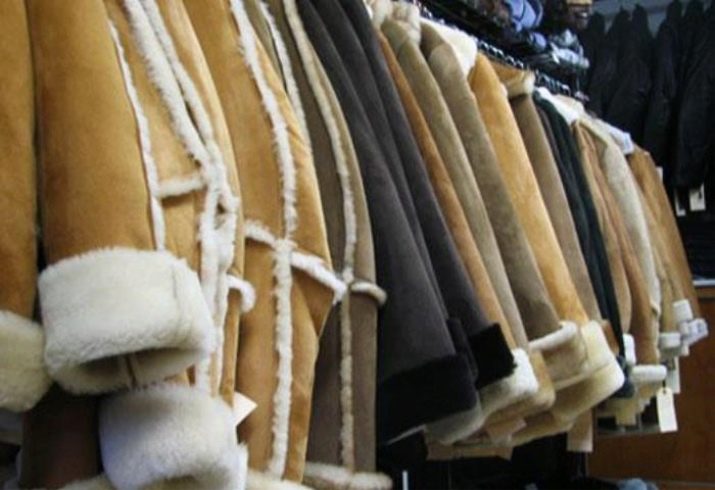
Features
In almost all respects, a sheepskin coat surpasses its competitors in terms of winter clothes and its only drawback is only washing, but it is also quite solvable. Glossy spots, stains, accidental drops and other impurities upset the owner of the clothes, but do not despair, you just need to carefully study the methods of washing the sheepskin coat.
It should be understood that sheepskin coats are divided into several types depending on the quality of materials, texture, availability of fur and color, therefore, the only true method does not exist and you need to look for the right approach for each variety. It should be noted right away that it is forbidden to wash a sheepskin coat in a washing machineespecially if it is made from natural materials. The skin requires a careful attitude, and only a responsible approach to business and numerous expert advice will help get rid of its spots.
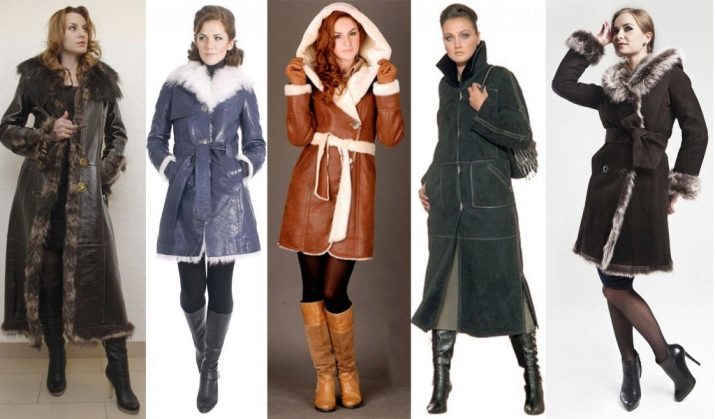
Suede leather
Suede is the most popular material for the manufacture of shoes, accessories, hats, gloves, and sheepskin coats. It looks expensive, has a long service life and is particularly soft and velvety, but very problematic to wear. Suede quickly overwrites and begins to shine from dirt and stains.
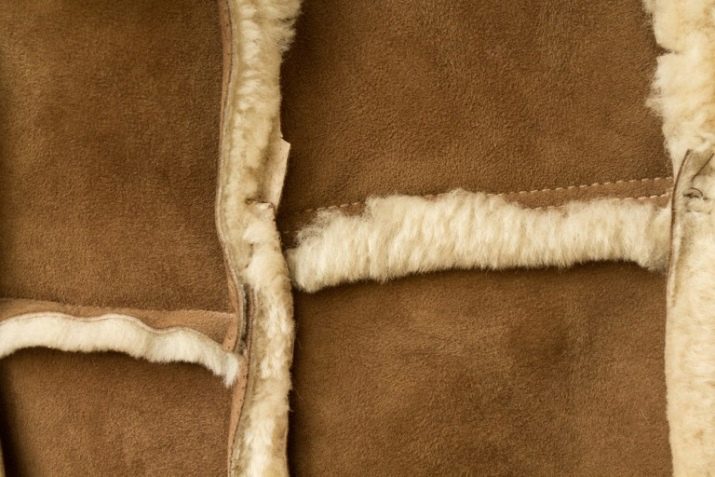
Dry clean
There are two ways to clean such a product. The first involves dry cleaning using special products:
- if the spots are fresh, semolina will help to remove them, which is applied dry directly to the contaminated areas. Most often these are sleeves, cuffs, pockets and a collar. After application, it is necessary to put on an ordinary textile glove and rub the necessary places a little in a circular motion. During operation, the color of the cereal should be monitored, since by pulling the dirt, it becomes dark and then it must be replaced with a new one. The process must be repeated until the problem disappears.
- in the absence of semolina, you can use medium-sized salt, but in this case, the intensity of movement should not be so strong, since salt can damage delicate material. However, it must be understood that salt, if improperly cleaned, leaves streaks and unpleasant traces;
- to cope with greasy spots in a state of bread crumb, which is rolled into a ball, and then carefully rubbed into the skin. The procedure takes a lot of time and is repeated several times until the suede is cleaned;
- The simplest method is to use a simple eraser or brush made of rubber or bamboo. Problematic areas are simply overwritten, after which the dirt needs to be shaken off.
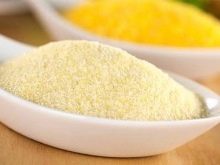
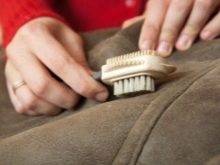
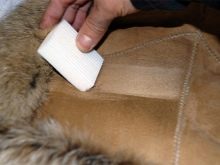
Wet cleaning
Wet cleaning involves the use of water or liquid cleaners. It is used only as a last resort, when pollution cannot be removed by the above methods and heavy artillery in the form of serious chemical components is required. Before you start wet cleaning, you have to steam the skin a little and thoroughly comb it with a brush. This can be done over boiling water, but it is not worth bringing the item close, you will need only a little steam.
It is extremely difficult to clean the spots that have managed to eat well and soak the skin, because for this you need gasoline or kerosene. Such substances should be handled carefully, and it is necessary to apply them on a small rag of burlap, after which, as if with a circular motion, wipe the spots. This method is suitable only for skin of dark shades, and light ones will be damaged already at the stage of cleansing.
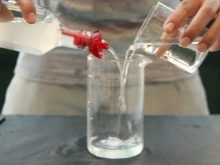
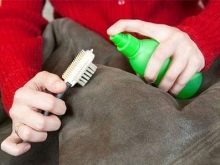
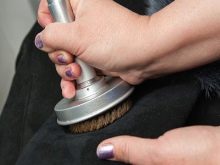
For fair skin you will need ammonia (ammonia) and plain water. Two products should be mixed in a 1 to 4 ratio and applied to the spots with quick, but careful movements, after which a solution of water and vinegar is applied, where 1 tablespoon of the second component falls on half a liter of water.
An effective cleaning agent is a mixture of milk and soda. A glass of milk will need a spoonful of soda. The solution is applied to a cotton swab, which wipes the stains. Manipulation of clothes does not end there. Wipe the area with a soft cloth soaked in vinegar and a dry, clean sponge.
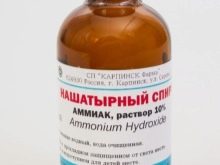
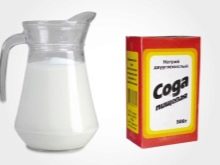
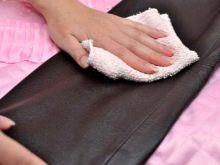
Perfectly removes dirt, and quite old, powerful steam generator. After using it, you will have to go over with a brush to remove excess dirt and give the product a pleasant appearance. At home, it will be difficult to remove the felt-tip pen from the sheepskin coat. At home for these purposes, you can use a solution with alcohol.
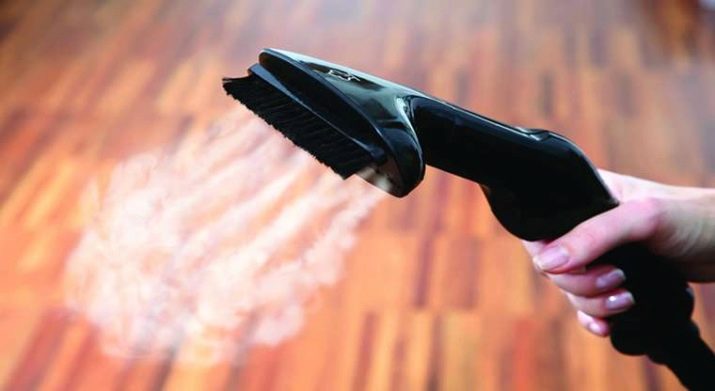
Light material
Leather products of light shades get dirty much more often, and it is even more difficult to wipe off such pollution, but in such cases there is a way out. Yellow dirt is removed with water and peroxide, mixed in a proportion of 1 tablespoon to 1 teaspoon.
Greasy marks are removed with starch or talc., which is placed in unclean places and left for a certain period. The components must absorb fat, but in the process they will have to be changed several times.
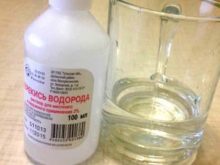
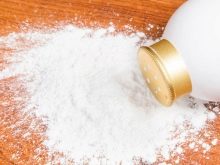
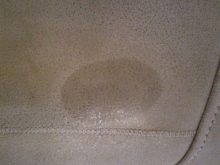
Artificial materials
It is much easier to work with artificial suede, and here the soap base enters the cleaning process. Ordinary shampoo, shower gel, cosmetic or laundry soap is diluted in slightly heated water and applied to an suede with an absorbent cloth. The main thing in the washing process control the amount of solution on a napkin, and remove excess in time. Rinse off the soap base with a clean towel, which absorbs the liquid well. It will not be superfluous to get your skin wet with a clean and dry cloth of good quality. When drying, direct sunlight should be excluded.
After such a wash, stubborn stains often remain and several unusual remedies come to the rescue. Glycerin, borax, ammonia and slightly warm water are diluted in a cup, where a tissue swab is subsequently moistened. Suede is wiped with light and unobtrusive movements, which is then wiped with a towel and sent to dry. Paper wipes, which need to be regularly passed on the washed material during the drying process, will help to avoid stains.
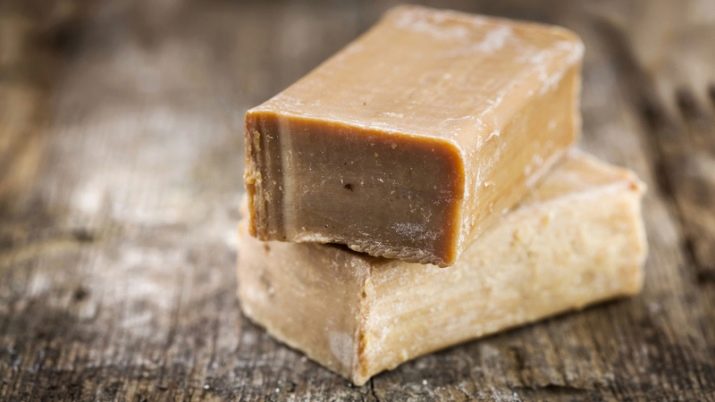
Cleaning the washing machine
In the manufacture of sheepskin coats, the material at the factory is processed with tannins to increase wear resistance and softness, and washing can completely destroy this structure, which means destroying winter clothes without the possibility of restoring quality. However, this rule applies only to natural ingredients..
You can wash artificial materials in a washing machine. You can wash an artificial sheepskin coat if you follow some of the recommendations of specialists.
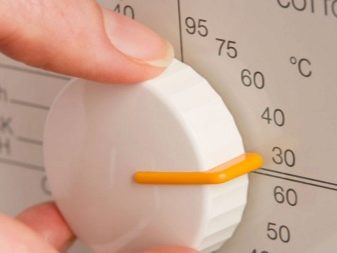
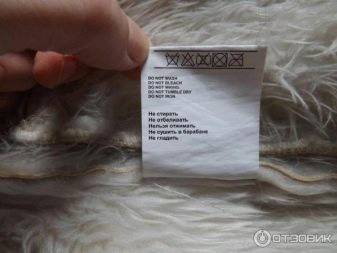
Care instructions are located on the product’s internal label and it is important to pay close attention to this issue:
- for hand washing, you will first have to clean the suede from foreign debris in the form of dust, threads and fluff using a vacuum cleaner or a special brush. Then, in a medium container, a soap solution based on a cleaning agent is diluted, the thing is laid out on a flat hard surface and a sponge begins to wipe it with smooth and consistent movements from top to bottom. It is important to control movements so as not to leave scuffs, because it is impossible to get rid of them and it is good to remove the solution from the surface in order to avoid streaks and soap residues;
- drying takes place naturally at room temperature without special heating appliances (fan, air conditioning, battery, heater) or bright sunlight. The product must be placed on a wide plastic hanger, where the shoulders and sleeves will be in the correct position;
- with a washing machine everything is much simpler, you only need to follow the recommendations indicated on the product label.
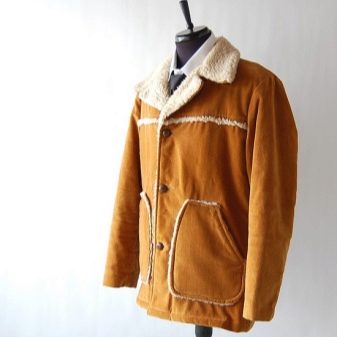
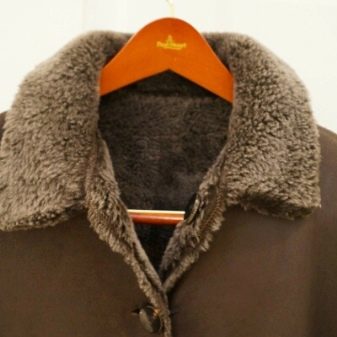
Fur
Do not wash the fur with soapy water, because it will not work after such a process. It can be wiped with water heated to 30 degrees, dried thoroughly and gradually combed with a fur brush. As an additional means it is allowed to use diluted vinegar, which gives shine.
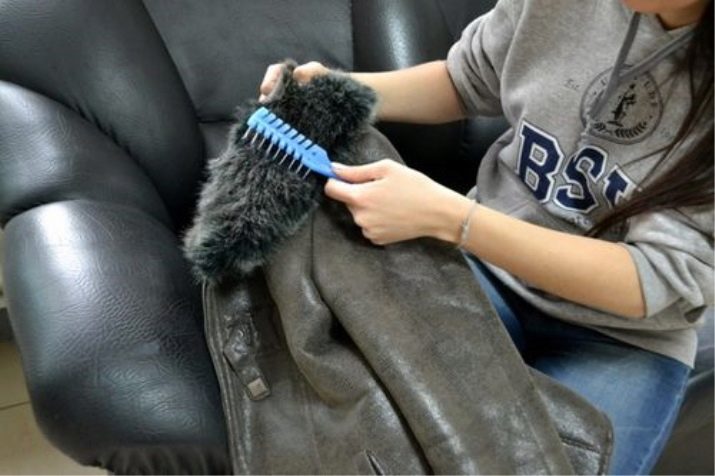
Preventing stains will help special water-repellent protective agent, but apply it for a good effect is necessary often enough.
Before starting the wash, it is advisable to test any method on an inconspicuous part of the product, since it is extremely difficult to predict the skin reaction to a particular component of the solution, and such an expensive thing can be ruined within a couple of minutes.
And now we recommend watching a video in which you can learn about how to clean a children's sheepskin coat at home without dry cleaning.
